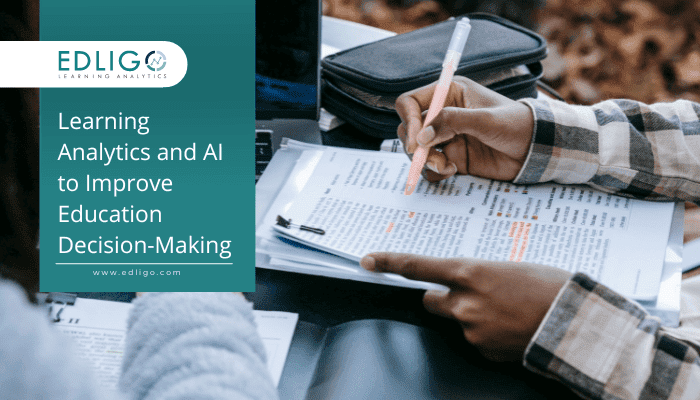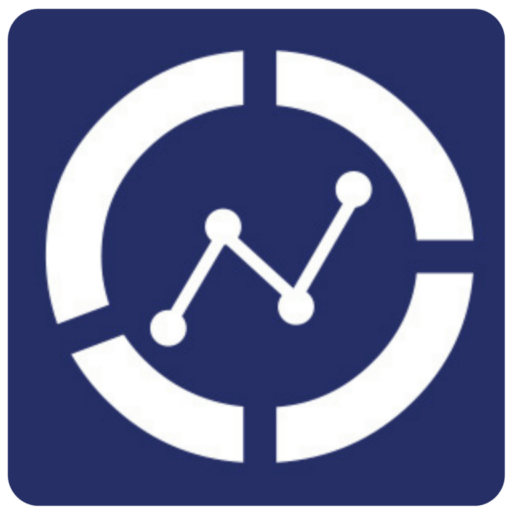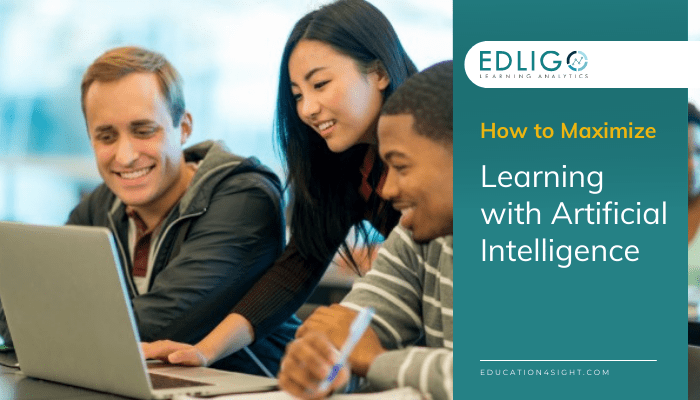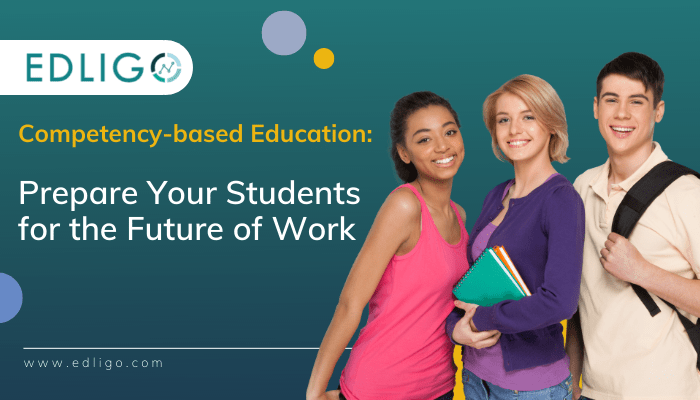Over the past decade, the movement to adopt competency-based education has gained popularity in many countries including, the United States, Brazil, and many European Countries, as more educators, parents, and educational leaders recognize that strong educational preparation is essential to success in today’s world. Institutions use competency-based learning to raise academic standards, ensure that more students meet those expectations, and more students will be better prepared for adult life.
To help schools establish the foundations of their processes, here we discuss the basic benefits of competency-based education
- Schools offer an equitable range of learning experiences
Equity does not imply that each student receives the same treatment as the others. Instead, it entails providing each student with the resources they require to achieve the same result.
Because competency-based education aims to analyze and eliminate bias in school leadership, this is a key principle. Students are taught and encouraged based on their unique talents and weaknesses, ensuring that everyone has an equal chance of succeeding. As a result, accomplishment can no longer be predicted based on culture, social class, household income, or language. Competency-based teaching also contributes to the development of a welcoming culture in which all students feel safe and respected.
- Transparency helps students take ownership
Both students and parents should be aware of the learning objectives specified for the class (and for the school as a whole). When students first enter a competency-based education class, they should be aware of three things:
– What they need to learn
– How mastery is defined
– How they will be assessed
Students will take more responsibility for their education if they know what they want to achieve in the end. For example, a student recognizes that he must put his math knowledge to use by completing a project involving the design of a tiny garden. He’ll need to use his math skills to calculate the size of the area and the number of plants that will fit.
If a student understands exactly what he needs to accomplish to be successful and progress in the class, he will feel more in control of his education. Then, when he encounters a problem in the project or lacks the knowledge to do it properly, he will recognize that he requires assistance on his own.
Students who have clear goals and outcomes are more likely to take charge of their learning. As a result of their ownership, they can learn more effectively now and in the future.
- Students get the support they need individually
Students should have a framework in a competency-based education setting to understand how long they should work on a task before asking for help and when they can approach the teacher during class time.
As previously stated, competency-based education works through bias to promote equity. As teachers engage with students to address their various deficiencies and assist them to build on their strengths, each student progresses toward mastery in his or her own unique (but equally successful) way. This individualized learning experience ensures that each student has an equal chance of succeeding.
Teachers must be available to assist kids for this process to run effectively. Furthermore, they cannot rely just on students seeking assistance; teachers must be completely informed of each student’s progress.
- Teachers assess for growth and mastery
There are many different types of assessments. Three types of examinations are particularly beneficial for competency-based learning:
– Formative assessments: These assessments assist teachers in determining where each student is in the learning process and making appropriate adjustments to their instruction.
Formative assessments allow teachers to make real-time adjustments by highlighting critical areas where pupils need to improve.
– Authentic assessments: Another fantastic technique to demonstrate mastery is to have students apply what they’ve learned in class to real-life circumstances. Furthermore, students gain abilities that will be useful in the future.
– Digital content assessment: Assessment becomes much easier in the classroom when technology is used. Many classroom software packages contain assessment and progress reporting features, allowing teachers to monitor where each student is in the learning process.
- Students move forward when they demonstrate mastery
Teachers can identify where each student is in the learning process by adding regular assessments and data-based progress reporting.
It’s time for students to move forward when they display a clear understanding of the material, demonstrate their ability to apply that understanding, and demonstrate how they’ve developed crucial skills.
How to make a move towards competency-based education
To make a smooth move towards competency-based education, based on the important elements that a skills-based approach should involve, we recommend the following shifts to be performed:
1. From Content-Driven to Skills-Driven: Since skills and competencies are the core components of competency-based education, developing competencies frameworks and graduate profiles is essential and will help organize learning at your school around durable, transferable skills.
2. From Time-Based to Performance-Based: Reconsidering how time disproportionately dictates how assessment systems work at school is important, as learning in competency-based education is personalized and driven by each student’s performance. Schools should use reassessment practices to build more flexibility into that system.
3. From Grading to Feedback: Educational institutions should drive into the robust research on effective grading to establish more transparent, equitable, and meaningful feedback practices.
4. From Lessons to Experiences: Summative assessments should be redesigned to consist of more relevant tasks for performance evaluation.
5. From Educator Designed to Co-Designed: Schools should create opportunities for students to set, pursue, and reflect on their own goals, not focusing only on the goals of teachers and schools.
Change often succeeds in a series of small steps, and this is particularly true in competency-based learning, where it is important to spend time helping educators, students, and families understand what a competency-based environment means, and how to benefit from it. Changing how school should work must be combined with unlearning how the process was done before and educating the stakeholders about competencies-based education, and we can’t underestimate the value of time, patience, and support in that effort.








